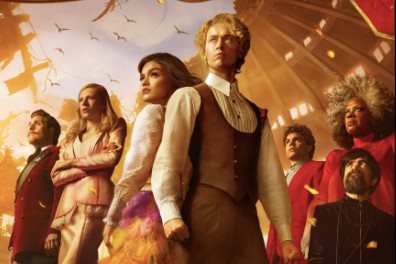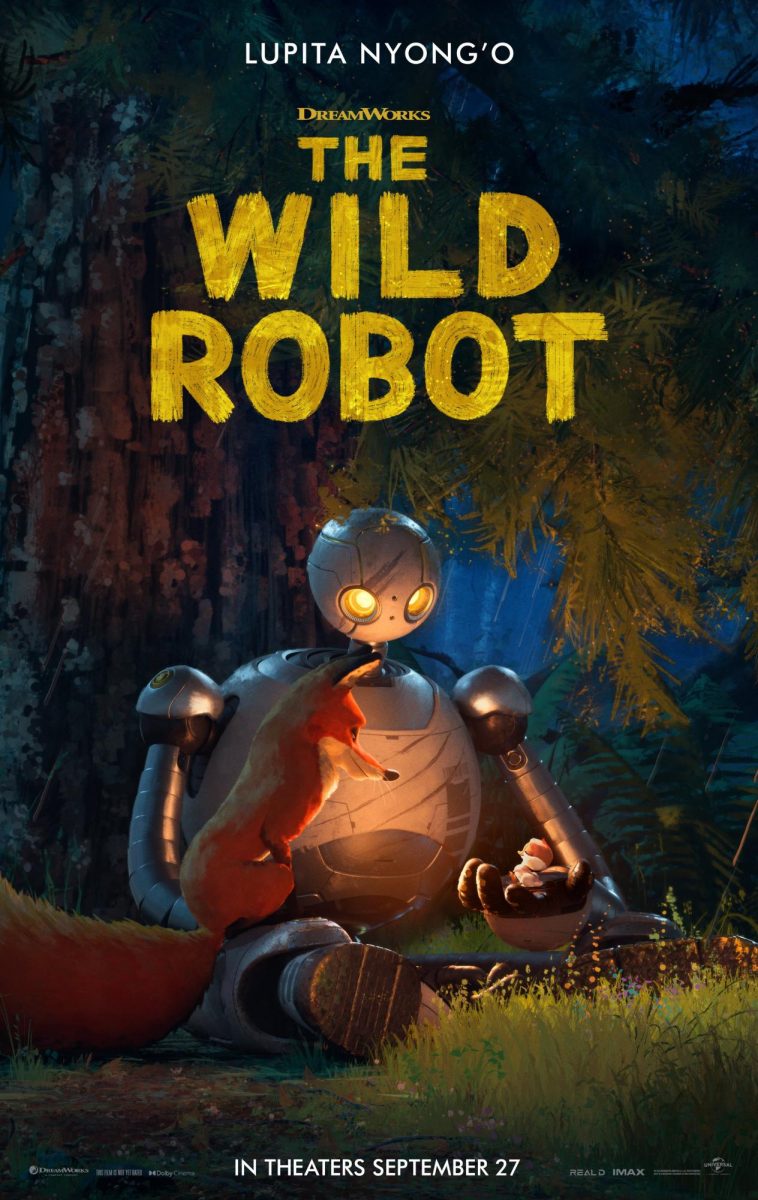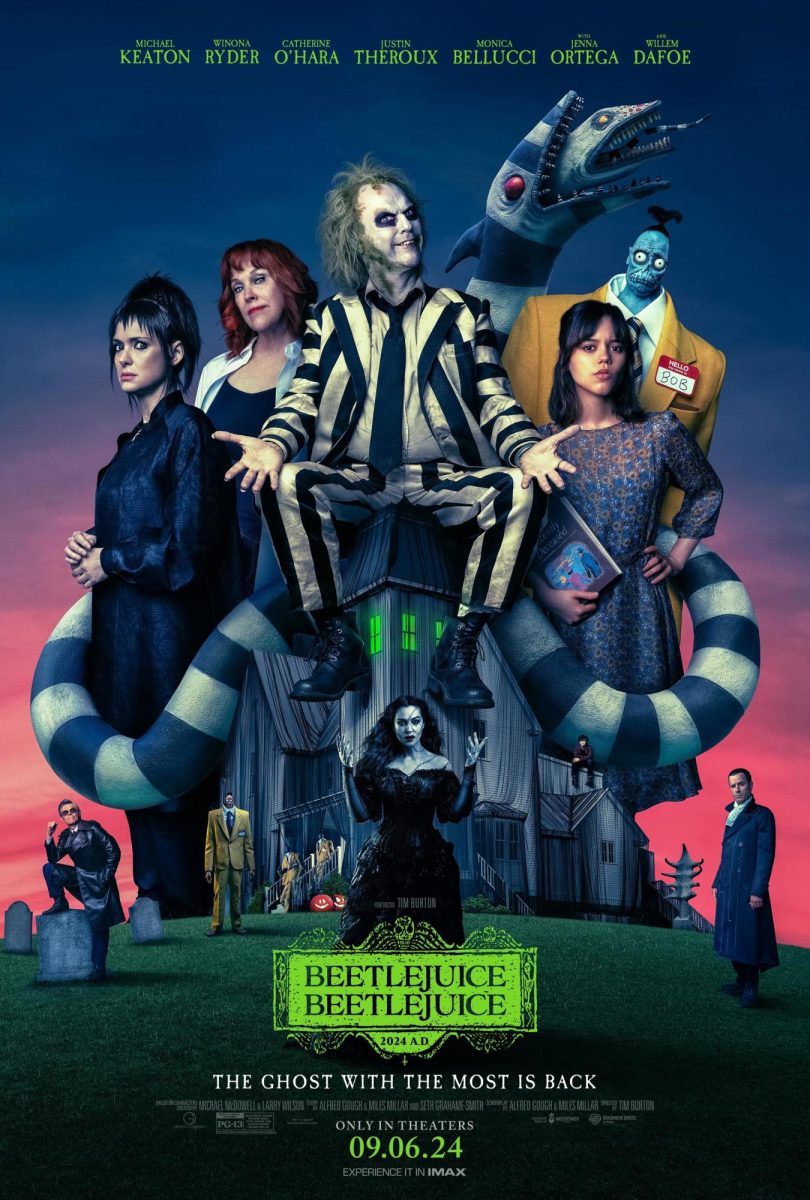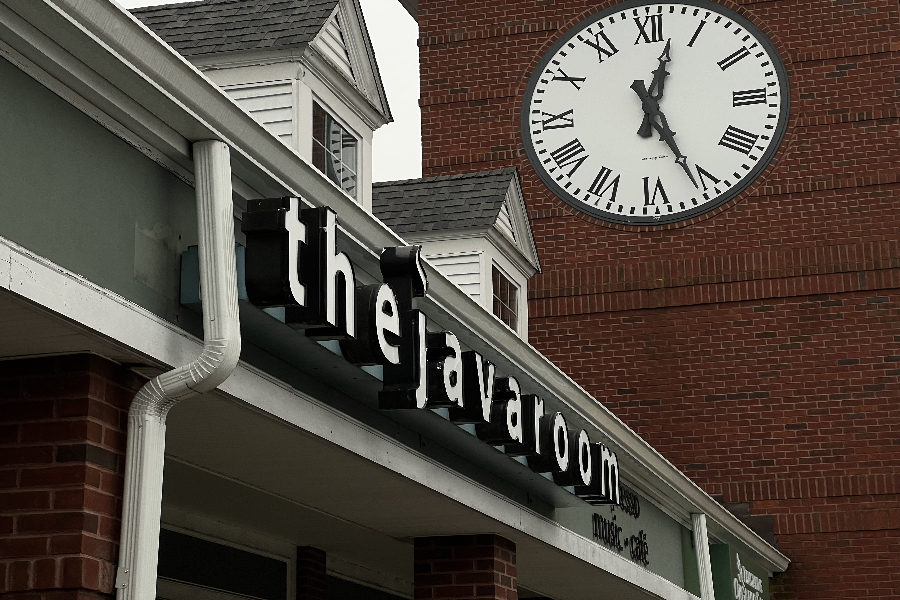
Adapted from the book trilogy of the same name by Suzanne Collins, The Hunger Games movies, starring Jennifer Lawrence, have cemented themselves as a classic among people of all ages. Though the last of The Hunger Games movie adaptations, Mockingjay: Part II, came out in 2015, The Hunger Games proved to be far from over with the release of Collins’ prequel, The Ballad of Songbirds and Snakes. Having come out in 2020, the novel set up an unexpected, yet much anticipated revival of a childhood favorite.
Released in theaters on Nov. 17, The Hunger Games: The Ballad of Songbirds and Snakes is a science-fiction movie set 64 years before the original trilogy. The original follows Katniss Everdeen (Jennifer Lawrence), a 16-year-old girl who wins the 74th annual Hunger Games, a battle to the death between 24 tributes, young men and women selected from Panem’s twelve districts. Eventually, she becomes a leader of the rebellion against the country’s autocratic regime and its dictator, President Coriolanus Snow (Donald Sutherland).
With this new prequel, directed by Francis Lawrence, the audience dives into young Snow’s (Tom Blyth) origin story and his rise to power. The movie starts off with Coriolanus’s struggle to maintain the image of his once wealthy family who is living in poverty. For the 10th annual Hunger Games, Coriolanus is assigned the girl tribute, Lucy Gray Baird (Rachel Zegler) from District 12, to mentor and advise.
Though he initially does not believe in her ability to win, he is soon proven otherwise once he realises her talent for singing and ability to charm the audience. Although Coriolanus and Lucy Gray eventually form a romantic connection, Coriolanus’s betrayals catch up to him, and he ultimately chooses to pursue his social status over her.
From start to finish, the movie offered countless references to Katniss and the original Hunger Games trilogy. The nods were subtle, yet easy to spot, and I could not hold back my own excitement as I recalled some familiar elements. Whether it be Katniss’s signature “Hanging Tree” song, the mockingjays, or Snow’s white roses, viewers who were skeptical going into the prequel were satisfied to learn that it remained true to the trilogy.
However, this is not to say that The Ballad of Songbirds and Snakes did not stand out in its own right. Told from the unique perspective of a villain, it served as a contrast to Katniss’s heroic persona. This made the movie particularly intriguing, as the audience is left both rooting for and against Coriolanus.
Through it all, rising actors, particularly leads Tom Blyth and Rachel Zegler, contributed to the movie’s storyline with impeccable acting and range. From witty, comedic dialogue to a violent attack in a matter of seconds, the actors’ agility throughout the movie truly made their portrayal of the characters all the more believable.
Something which The Ballad of Songbirds and Snakes improved upon from the original trilogy was the music, which played a much more prominent role in this movie. Filling the role of Lucy Gray, Rachel Zegler’s powerful voice captured her character’s emotions perfectly. What made her performances even more impressive was the fact that she did all of the takes live on set. The songs themselves were also very melodic and catchy, while the storytelling behind the lyrics, which were taken from the original book, was compelling. Though incorporating songs into movies can often lead to out-of-place performances made by actors in the middle of an important scene, this was not the case here.
Another aspect of the film that stood out was the costume design, particularly Lucy Gray’s signature rainbow-ruffled dress, which was beautiful and really served to capture her personality. Everyone else in the movie was also well-dressed, from the Academy school uniforms to Corionalus’s dress-shirt made by his cousin Tigris (Hunter Schafer), courtesy of costume designer Trish Summerville.
Compared to the trilogy, the production quality of this movie was also better, with realistic special effects and camera angles that were not overly dramatized. The shakiness of the camera as it zoomed in to the actors’ faces did not occur in this movie, instead relying on pure acting to portray the drama of particular scenes.
As this was just the 10th annual Hunger Games, the sci-fi technology featured in the film was not as advanced as it was in the previous movies. Seeing the Hunger Games arena, where the tributes fought, was particularly surprising, as it was just a plain, cement building, unlike the arenas in the trilogy, which had a particular environment, like a forest, as the backdrop setting. Although this change did make sense, as it brought an emphasis on how the Hunger Games were still developing during Coriolanus’s time, it did make the scenes during the games much less interesting.
The only other downfall to this movie was that the ending felt a bit rushed. Although we receive a glimpse into Coriolanus’s early betrayals, we never get to see what he does to become president. This leaves a slight disconnect to the cold-hearted villain Snow is to become in the trilogy.
Overall, however, this movie was incredibly well done, and these small criticisms I had did not take away from the enjoyment of watching it. A cross between sci-fi, drama and a hint of romance, The Ballad of Songbirds and Snakes is a more-than-worthy prequel to the classic Hunger Games saga. It will not disappoint loyal fans of the books and will definitely keep viewers on their toes, regardless of whether or not they read the book.
I recommend this movie to anyone who enjoys watching science-fiction movies like Divergent, Avatar, and Dune, as well as those who are familiar with The Hunger Games books or the earlier movies. Although this film is rated PG-13, there is a lot of violence that makes it for more mature audiences, so I advise viewer discretion.
10/10











